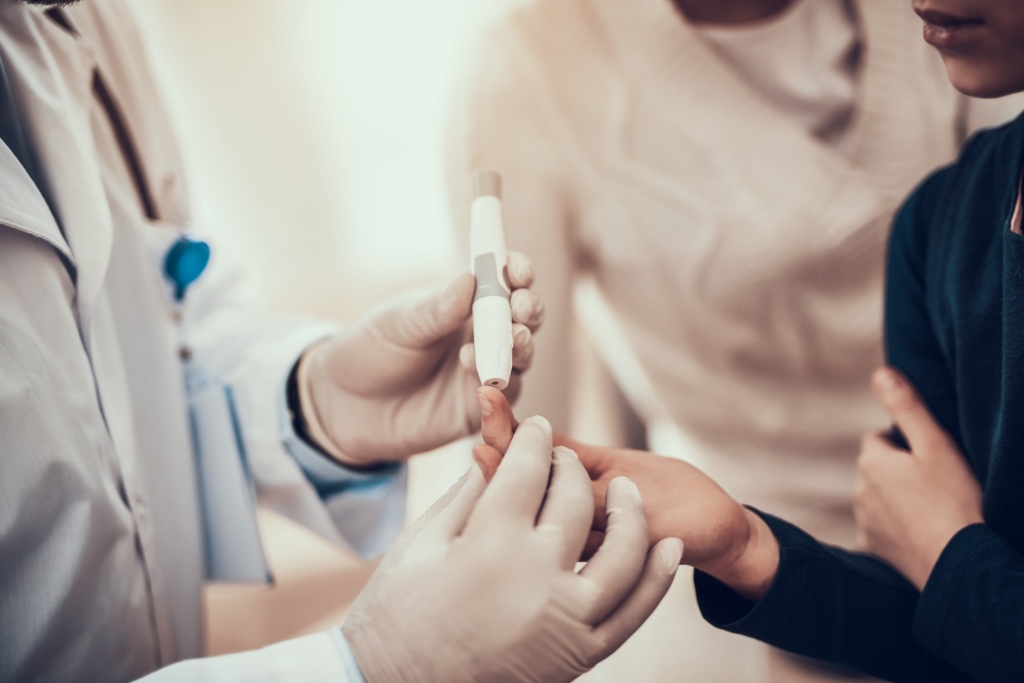Health consultant in Nagpur, Maharashtra

Buy Membership
Patient Login
Book Appointment
Doctor Login
Call Us 094200 27836
Franchise Enquiry
Online Payment
Print Receipt

Buy Membership
Patient Login
Book Appointment
Doctor Login
Call Us 094200 27836
Franchise Enquiry
Online Payment
Print Receipt
Home > Services

India Medicure Diabetologist
Being diagnosed with diabetes can be a shock When newly diagnosed with diabetes, most people find themselves in a state of shock. However, being diagnosed with diabetes doesn’t prevent you from leading a ‘normal’ life.
Most people receive great care from their General Practitioner and healthcare team, although some people report having just been given some tablets and been told to get on with it.
If this happens to you, make sure your doctor finds time to discuss your condition with you, or refer you to someone who can answer your questions better than they can.
Symptoms of Prediabetes
Prediabetes occurs when blood sugar levels frequently remain higher than normal but not so high that they are classified as diabetes. Prediabetes almost always exists as a warning sign before diabetes develops, but it often doesn’t cause symptoms that would make it easy to spot. However, some people notice darkened patches of skin around the neck, armpits, elbows, knuckles and knees.
Risk factors for developing prediabetes include being overweight, eating a diet with a lot of added sugar and processed foods, inactivity, age and a family history of diabetes. If you have prediabetes, lifestyle changes may be enough to halt the progression of symptoms and prevent the development of actual diabetes. It’s important to get plenty of exercise and establish healthy eating habits with limited sugar, salt and saturated fat.
Symptoms of Type 1 Diabetes
Many people think of Type 1 diabetes as juvenile diabetes, mainly because it often develops in children, but it can begin at any age. This type of diabetes occurs when the immune system attacks the cells in the pancreas that make insulin. Our cells use insulin to control blood sugar levels in the blood and convert it to fuel for the body. When the pancreas no longer makes insulin or doesn’t make nearly enough insulin, it causes a lot of dangerous complications.
With adult-onset Type 1 diabetes, many patients are first misdiagnosed with Type 2 diabetes. It’s also harder to diagnose at older ages because many adults don’t show symptoms at first. Common symptoms of Type 1 diabetes that eventually appear include weight loss, dehydration, frequent urination, excessive thirst and hunger, fatigue, blurry vision and wounds that won’t heal.
If the condition isn’t treated, the body will eventually go into a state of diabetic ketoacidosis, which means acidic ketones build up in the blood along with excess sugar released by the liver. When this happens, the high glucose and ketone levels can cause damage to nerves and tissues in the kidneys, heart and eyes. Diet and exercises are important for disease management, but insulin replacement is required for those with Type 1 diabetes.
Symptoms of Type 2 Diabetes
Type 2 diabetes affects the body in similar ways but is not physiologically the same as Type 1. This type of diabetes occurs when the body becomes resistant to the effects of insulin. That means your pancreas is making insulin, but your body isn’t using it correctly. Type 2 diabetes often develops gradually over time and is frequently preceded by prediabetes. Unfortunately, many people don’t notice the symptoms until the disease moves past the prediabetes phase and becomes more serious.
Many of the early signs of Type 2 diabetes are the same as Type 1, such as frequent urination, increased thirst and appetite, low energy levels, wounds that won’t heal and blurry vision, but people with Type 2 typically gain weight instead of lose weight and may experience numbness or tingling in their hands and feet. Patches of dark skin, yeast infections and itching may also occur.
Recognizing these symptoms early can help with diagnosis and quick intervention, which, in turn, often reduces the risk of more serious complications. Some people with Type 2 diabetes are able to manage the disease by changing their diet and exercising several times a week. Others have to take insulin injections or oral medications in addition to changing their diet and exercising.
Popular Services
- Hospital Admit
-
Doctor on Call
-
Doorstep Pharmacy
-
Pathology
-
Radiology
-
Physiotherapist
-
Nursing care
-
Ambulance Service
-
Dialysis care
-
Emergency care
-
Diagnostic
-
Diet and Nutrition
-
Pediatrician
-
General Physician
-
Gynaecologist
-
Orthopedician
-
Dermatologist
-
Fertility Specialist
-
Cardiologist
-
General Surgeon
-
Neuro-Surgeon
-
Urologist
-
Nephrologist
-
Neurologist
-
Diabetologist
-
Endocrinologist
-
Cosmetologist
-
Dentist
-
Sexologist
-
Eye Care